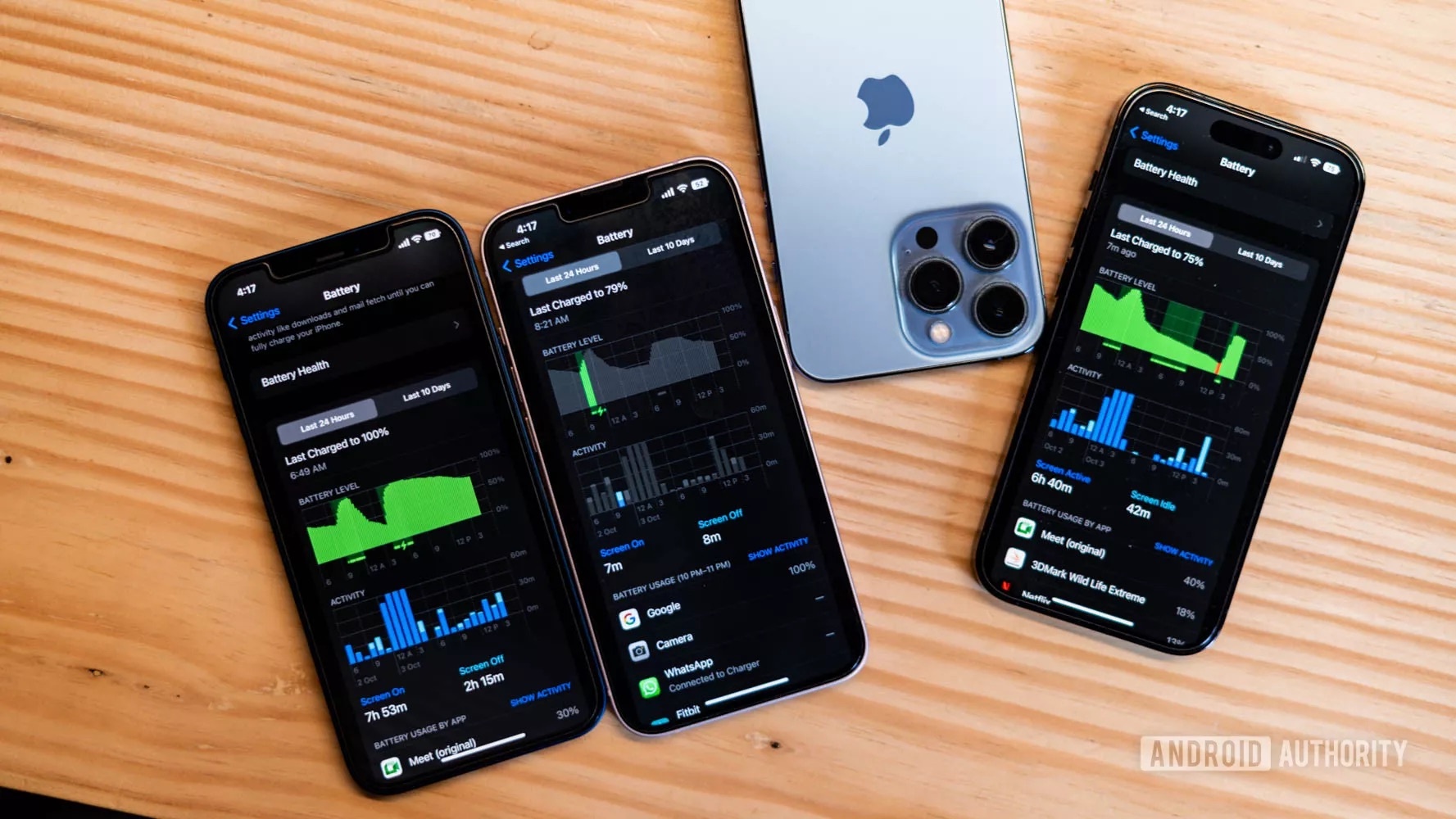 |
No two phones have identical batteries . Manufacturing lithium-ion batteries is a complex process, so while companies aim for consistency across their product lines, there are still some slight variations in the manufacturing process. That means the battery inside one person’s iPhone 16 isn’t exactly the same as the battery inside another person’s iPhone 16. Since it’s impossible to publish exact capacities for individual devices, manufacturers use the terms typical capacity or rated capacity when referring to this spec. Photo: Android Authority. |
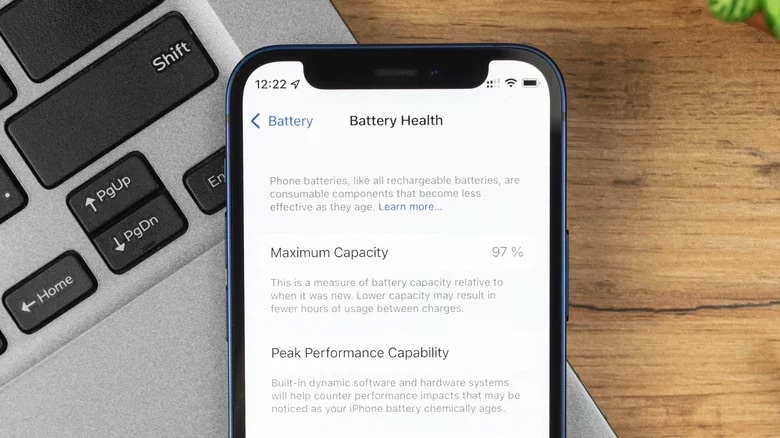 |
Battery health isn’t perfect . The battery health information on iPhones (coming soon to Android 16) isn’t perfect. To account for the bias, companies set the 100% battery level well below the average. Let’s say the battery has a maximum capacity of 5,000 mAh when it’s new, but the base level is only 4,900 mAh. It’s only when the battery degrades beyond that (below 4,900 mAh) that the user sees the health percentage drop, even though the battery technically starts to degrade much earlier. Estimating battery health is also tricky. The measurements are based on charge cycles, voltage, and wear – all of which are not constant. Like trying to solve a math problem that changes ever so slightly as you go, you can never get the right answer, only a good approximation. Image: Shutterstock. |
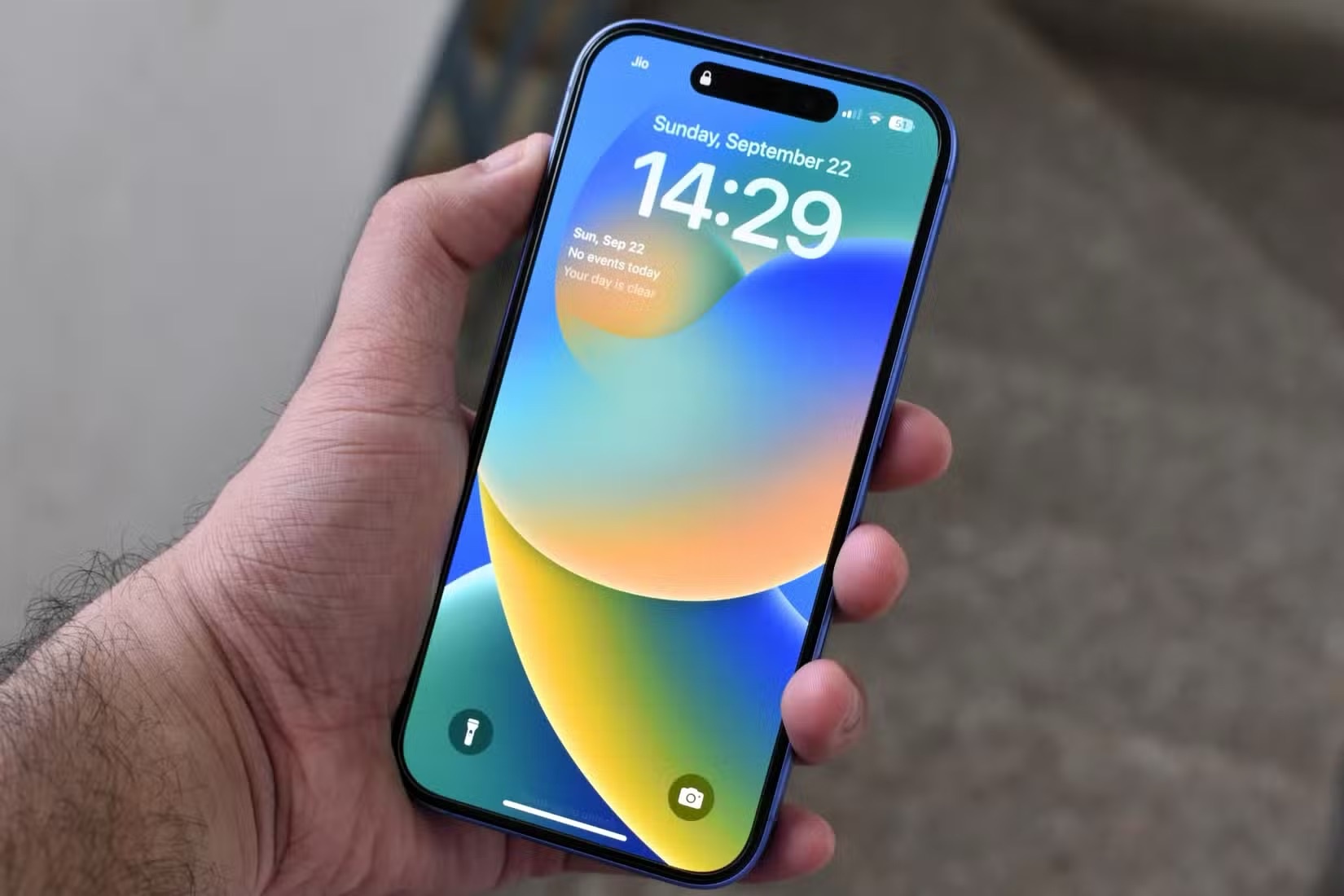 |
Maximum brightness is not as advertised . One of the most misunderstood smartphone specs is maximum brightness. Phones have three brightness settings: regular brightness (from the lowest to the highest in the phone's brightness settings slider), high brightness (HBM) which only kicks in if the user turns on Auto Brightness (or Adaptive Brightness) in low ambient light, and peak brightness - which is measured when a small portion of the screen, even a single pixel, exhibits very brief bursts of bright light when viewing HDR content. Technically, companies aren't lying when they quote this number, but peak brightness is never achieved in real-world use, and users often equate it with the maximum usable brightness. Photo: Howtogeek. |
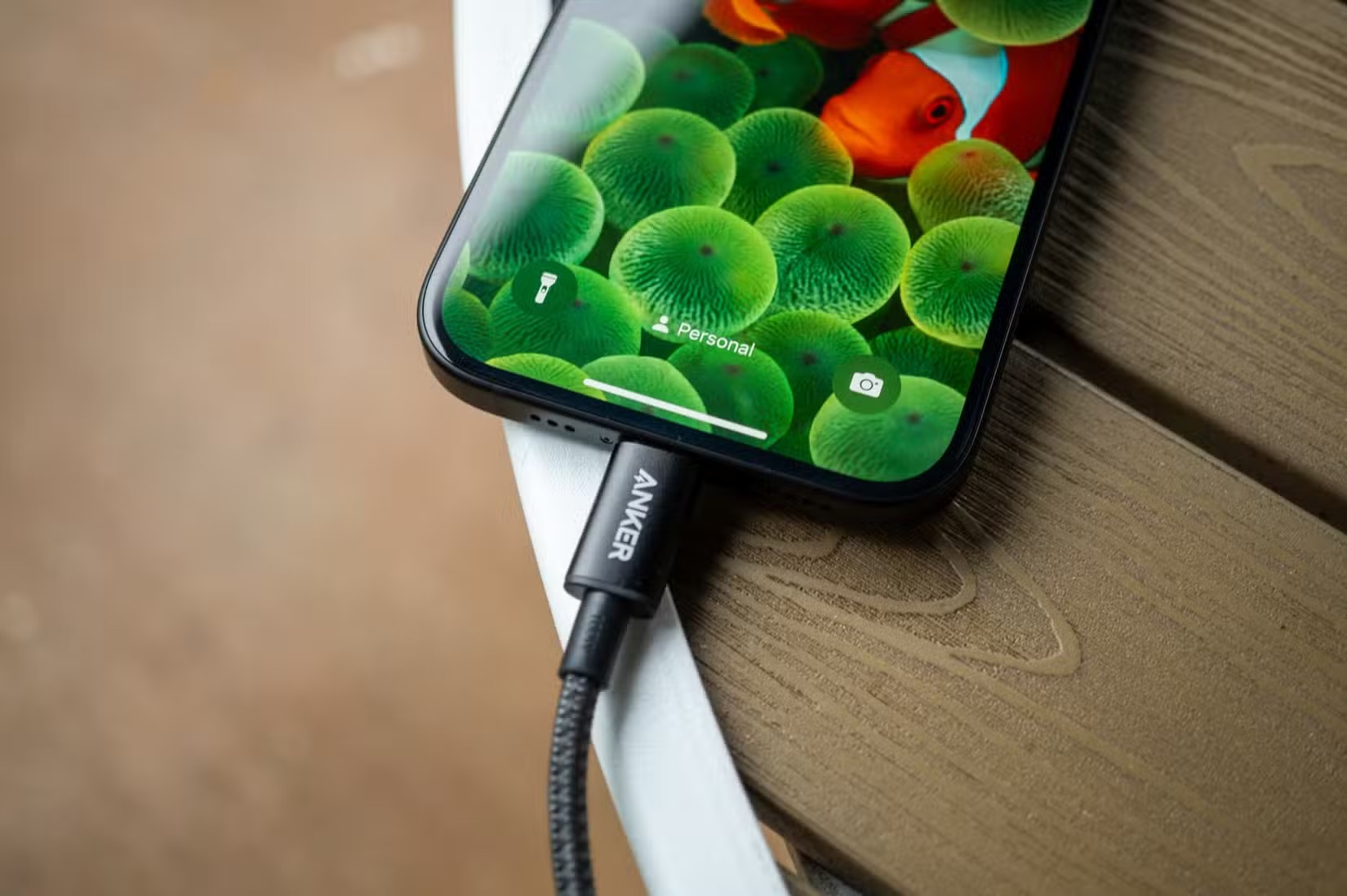 |
Fast charging doesn't work all the time . Phone manufacturers love to brag about super-fast charging speeds, but they don't last. Charging happens in stages and is only fast in the first stage, usually from 0-60%. After that, the charging speed is intentionally slowed down to manage heat and protect the health of the battery. This isn't just a problem with some phones, it's common across all modern fast charging standards like USB Power Delivery, Qualcomm Quick Charge, SuperVOOC, etc. Even if the phone supports 100W, the charging speed slows down significantly and only trickles down when the phone's battery reaches 80-100%. Photo: Howtogeek. |
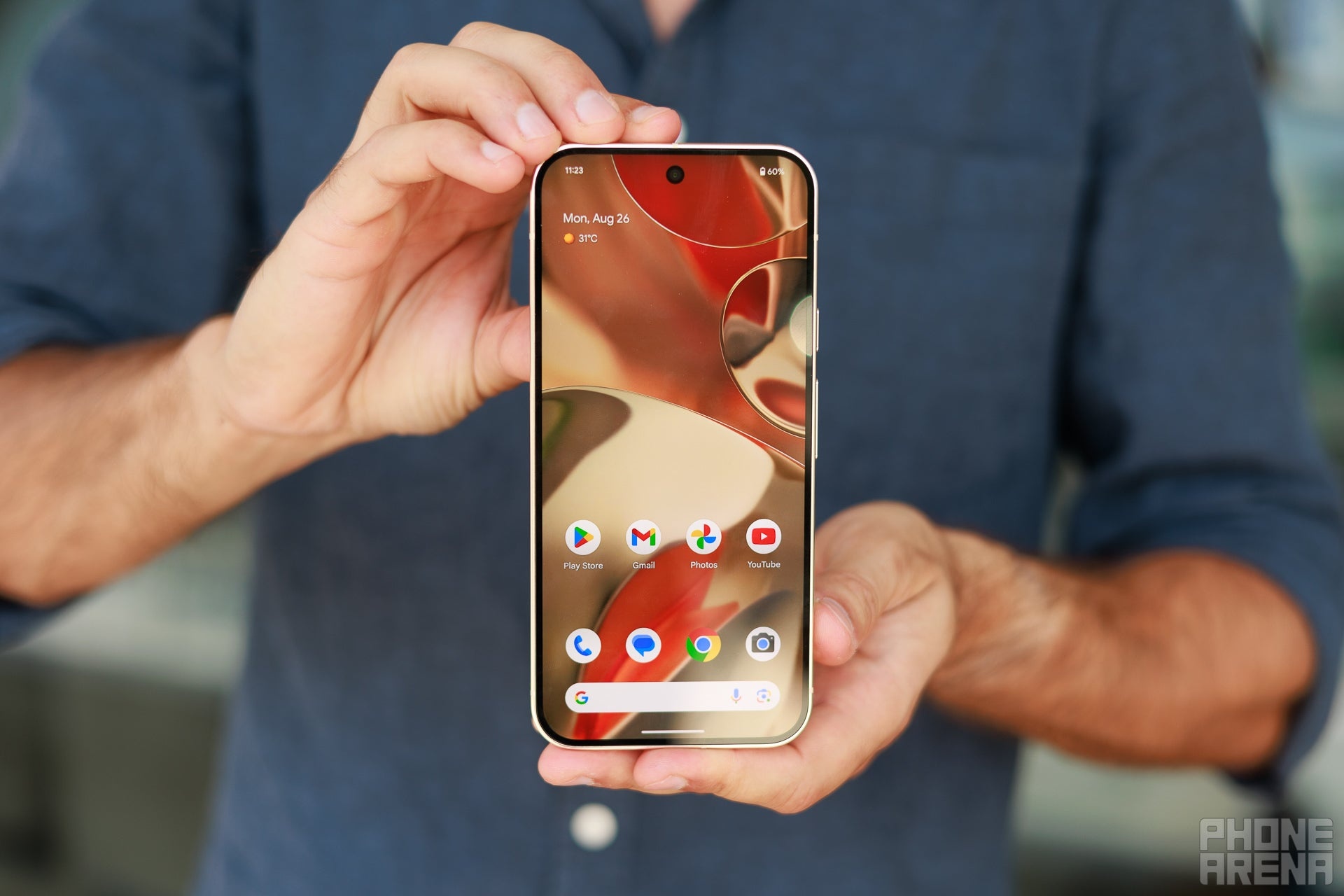 |
The glass on high-end models isn’t much better . A high-end phone can scratch and crack just as easily as a mid-range phone. Scratch and crack resistance come from two opposing properties of glass: hardness and flexibility. A tempered glass panel can’t continuously improve both. We’re almost at the limit with this material today. For example, if you compare Gorilla Glass Victus 2 (commonly found on high-end smartphones) and Gorilla Glass 7i (for mid-range phones), the difference is negligible. Both have very similar chemical properties and durability, and identical scratch thresholds. Photo: Phone Arena. |
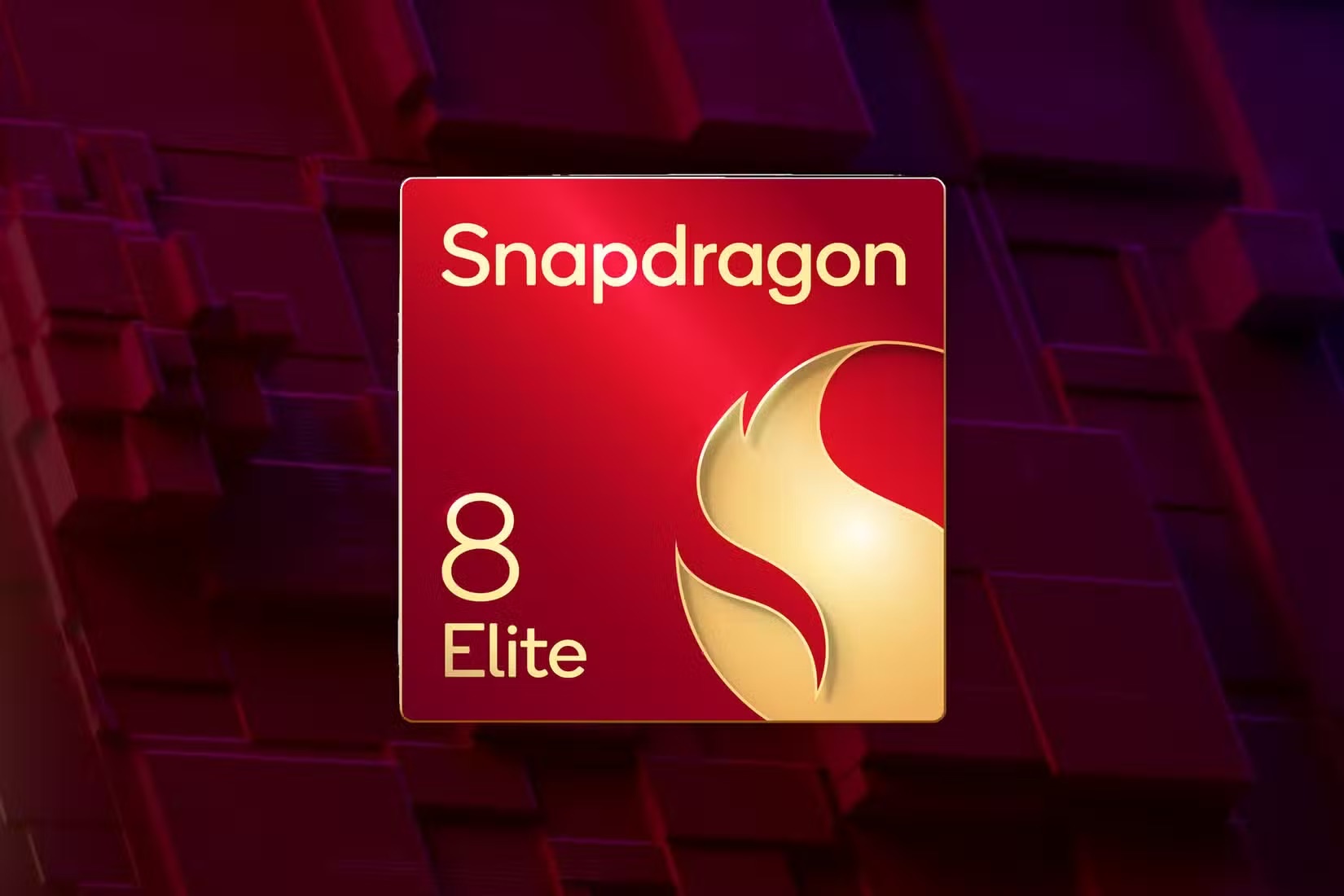 |
Two phones with the same chip can have different performance . Although the processor is considered the power platform, many other factors also affect performance, causing smartphones using the same chipset to have different performance. From hardware factors such as the cooling system, read and write speed of internal memory, RAM type to software optimization, features... all contribute to creating a big difference in the user experience when operating the device. Bulky or poorly coded software can cause lag, drain the battery quickly and make the interface feel sluggish, even with high-end hardware. Photo: Qualcomm. |
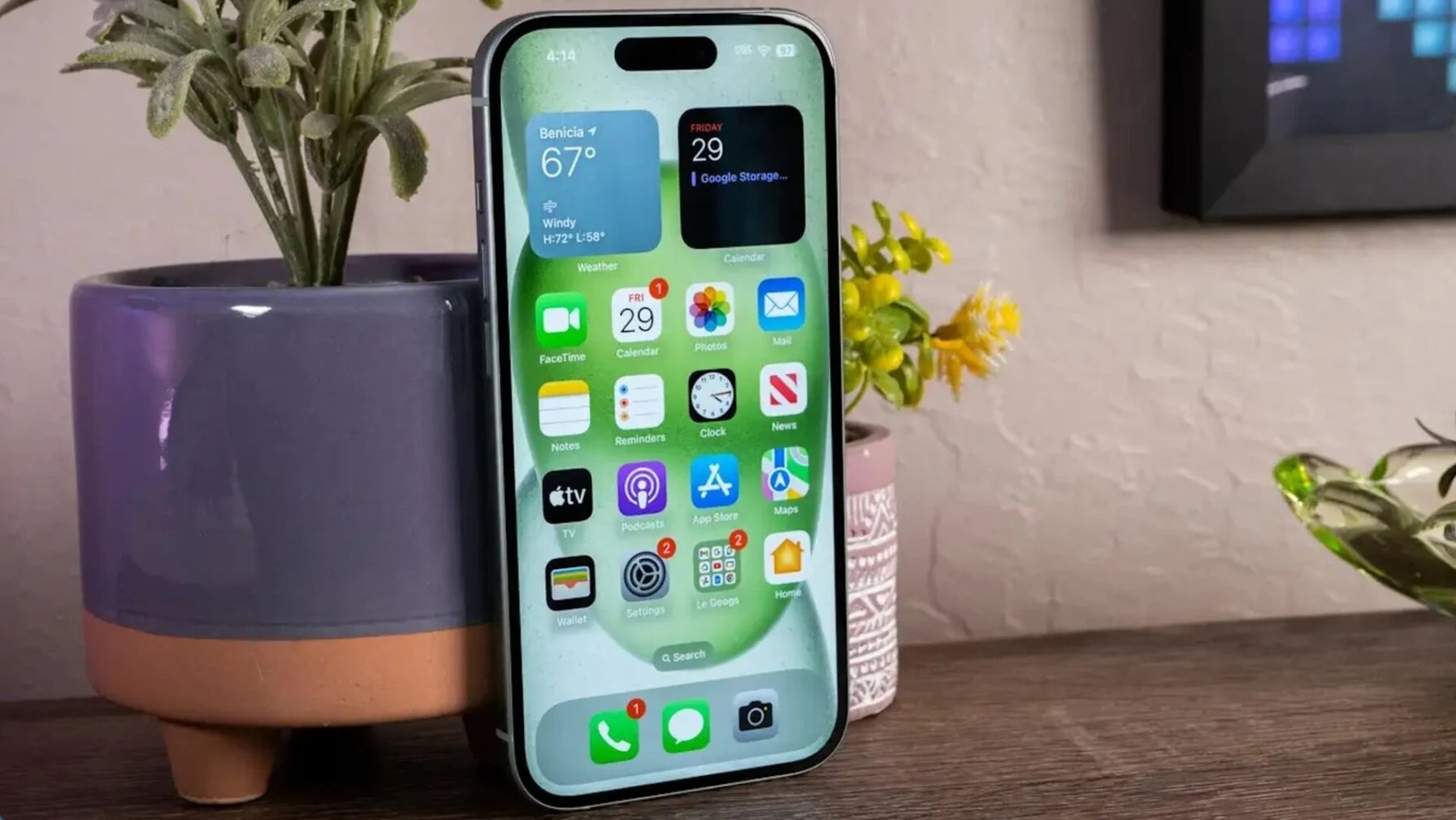 |
Phone features vary by region . Similar to batteries, two identical phones can have different features depending on the market. For example, iPhones sold in the US are currently eSIM-only, but in other countries, they still have a physical SIM card tray along with eSIM support. Image algorithms can also vary by region. In the West, people prefer to preserve natural details and favor more realistic colors, while in the East, people tend to like to edit images to look perfect. Photo: Gizmodo. |
Source: https://znews.vn/ban-dang-hieu-nham-ve-con-so-100-pin-dien-thoai-post1551237.html



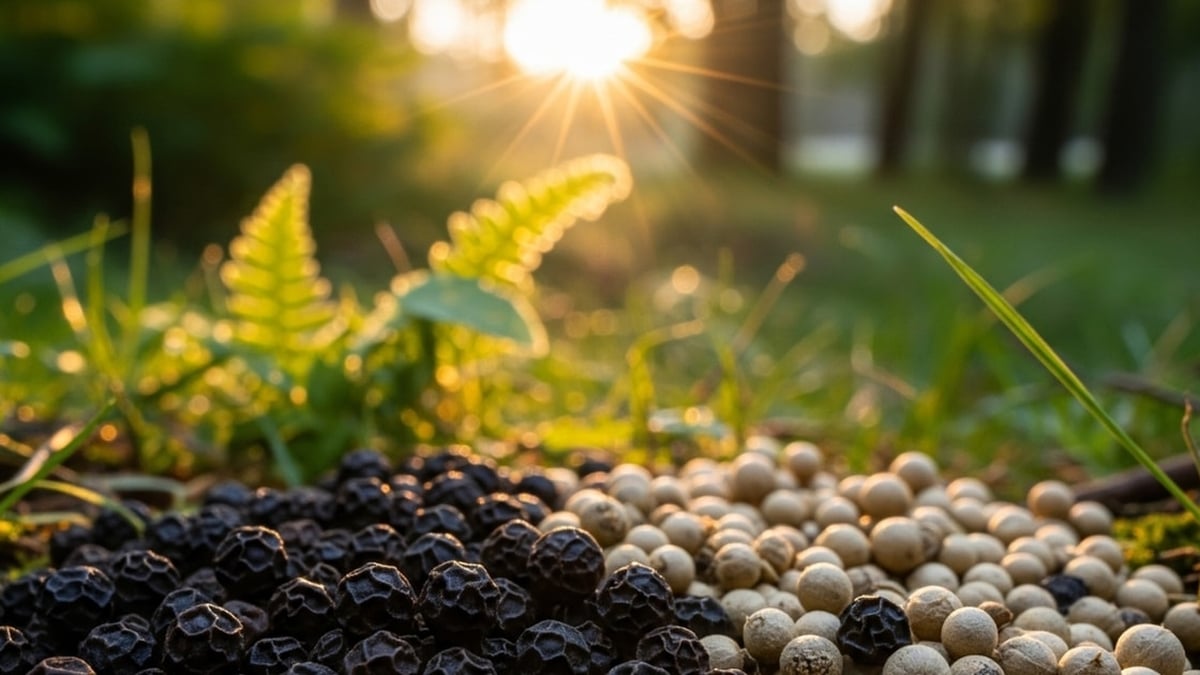


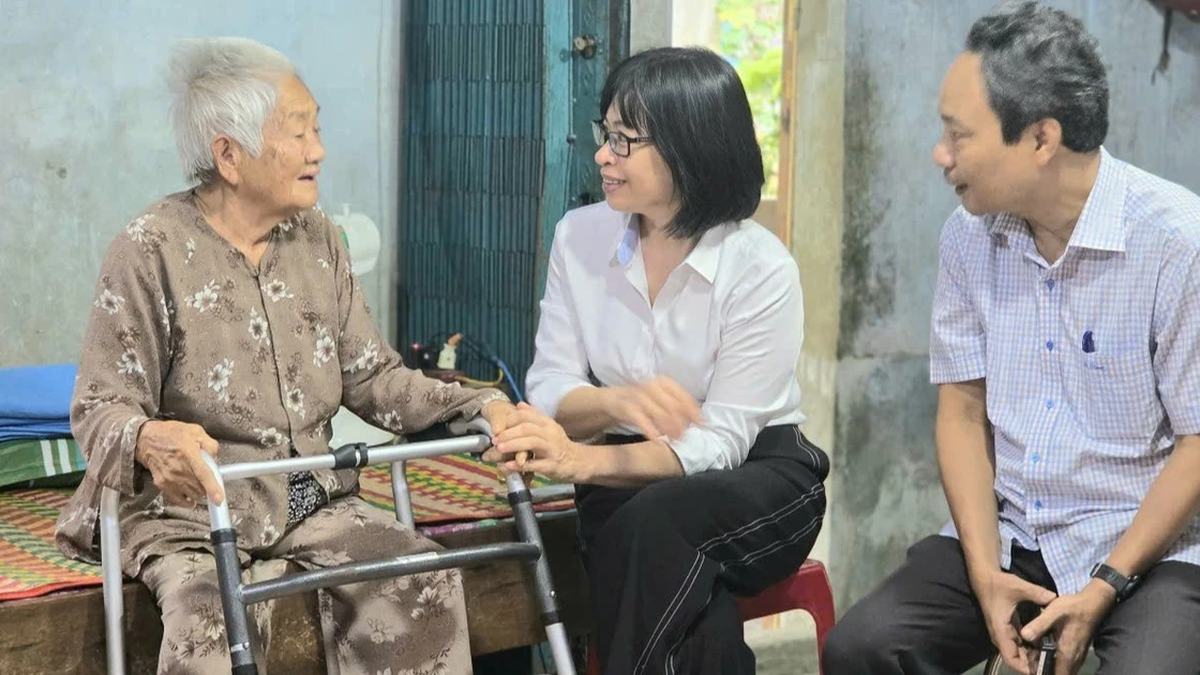
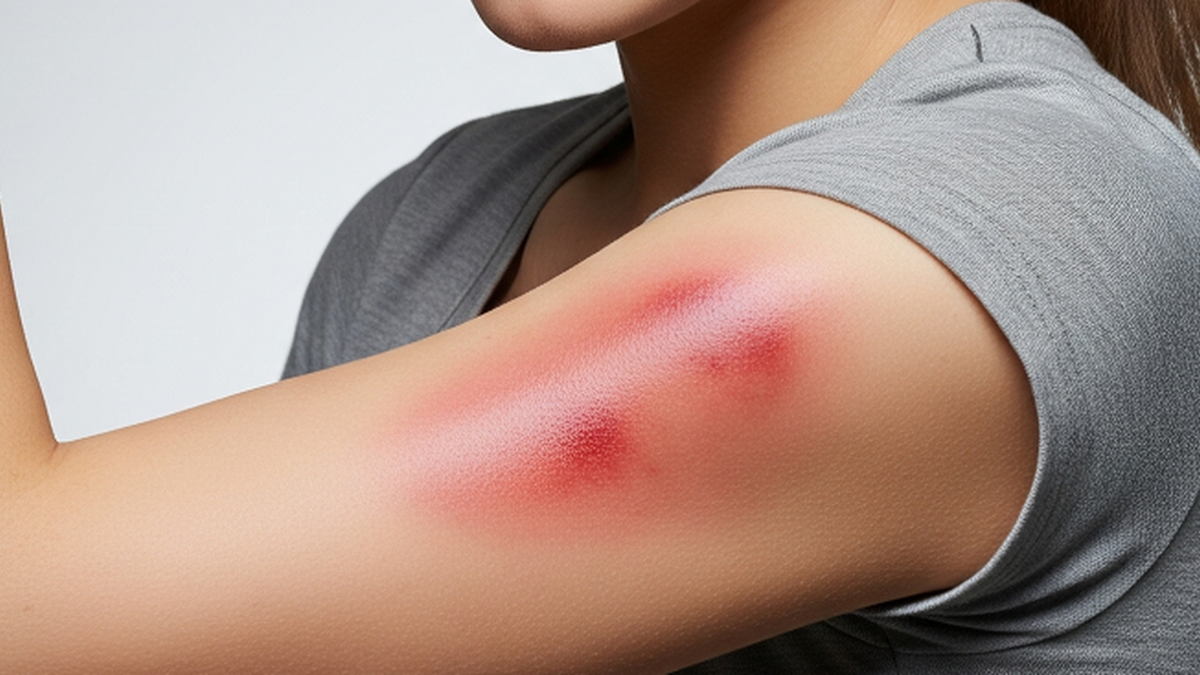
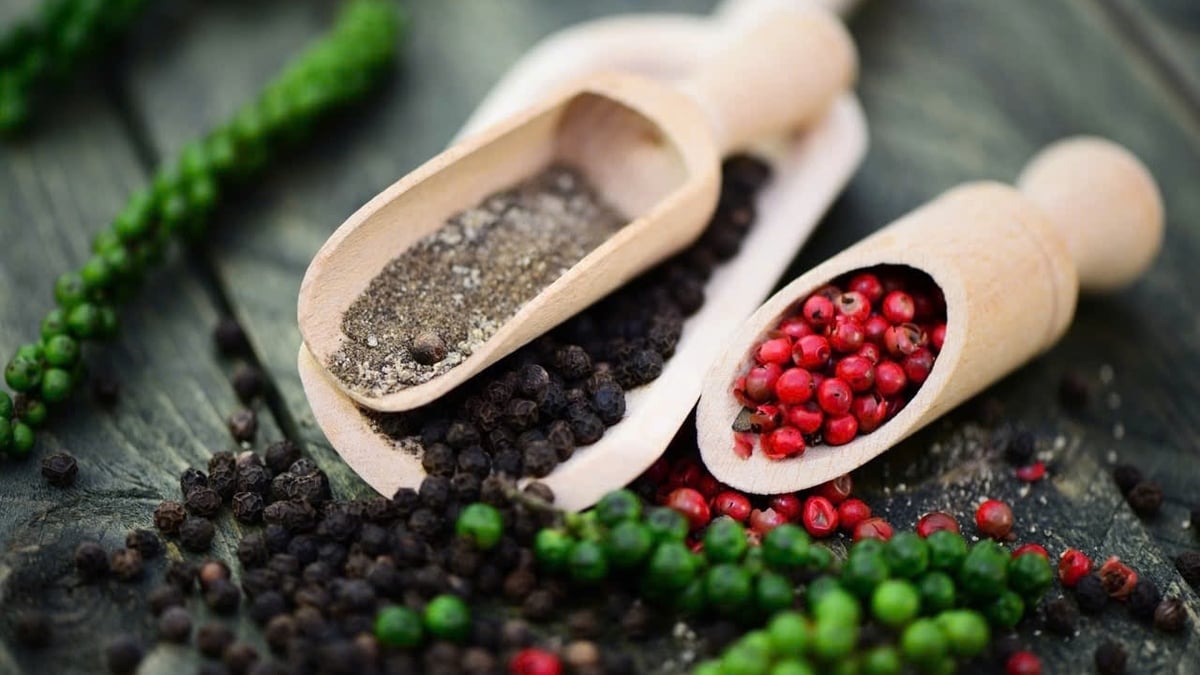
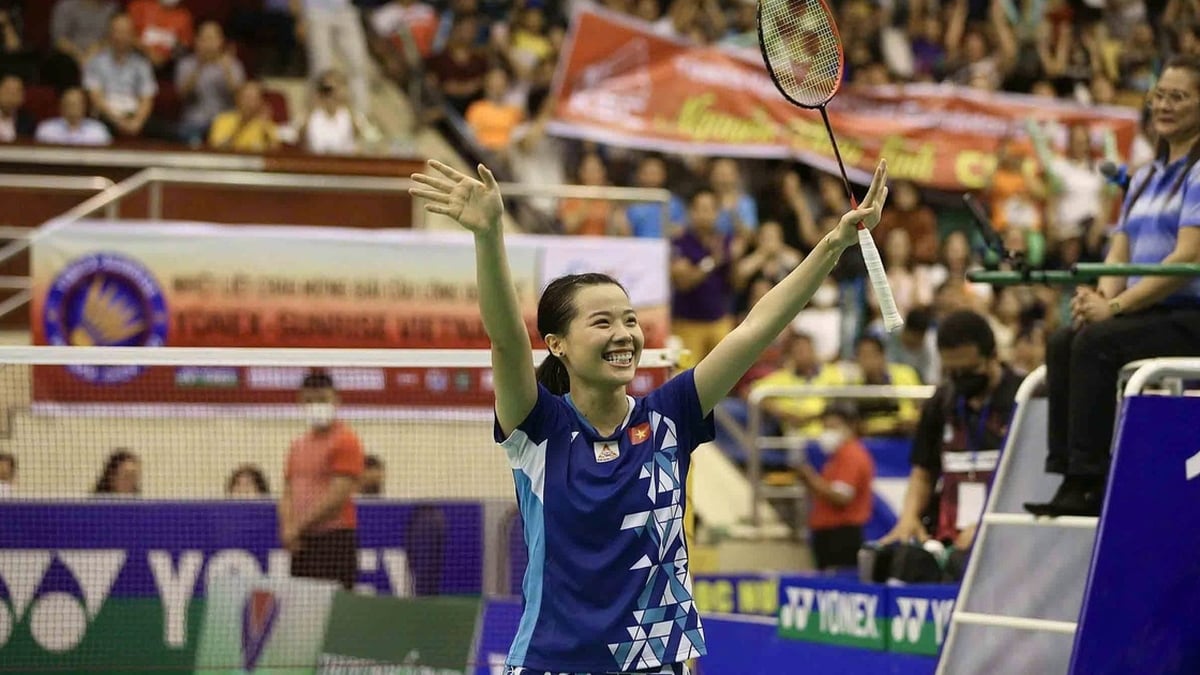

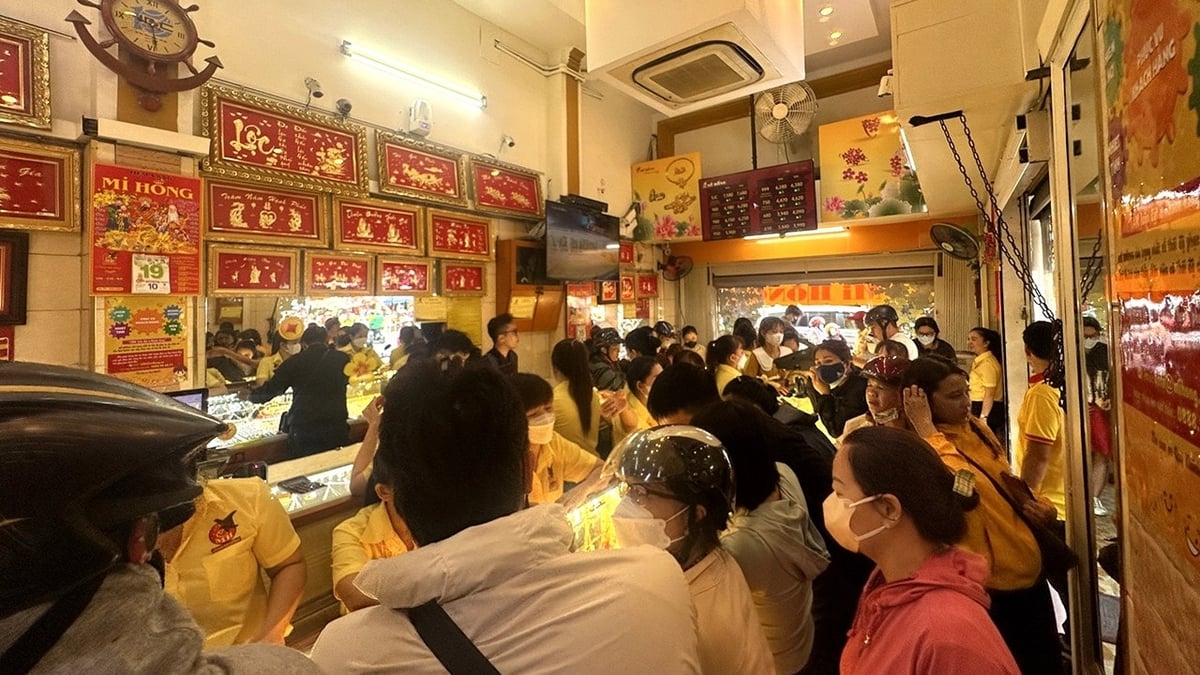












![[Photo] Signing of cooperation between ministries, branches and localities of Vietnam and Senegal](https://vphoto.vietnam.vn/thumb/1200x675/vietnam/resource/IMAGE/2025/7/24/6147c654b0ae4f2793188e982e272651)















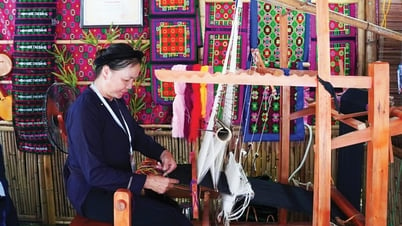















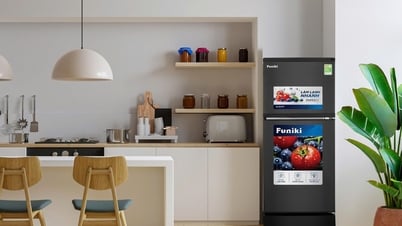
















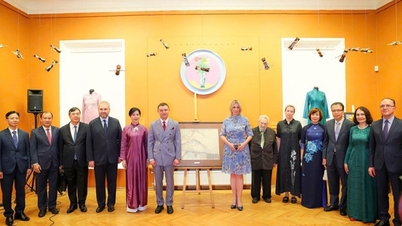







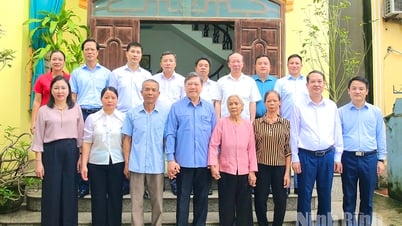










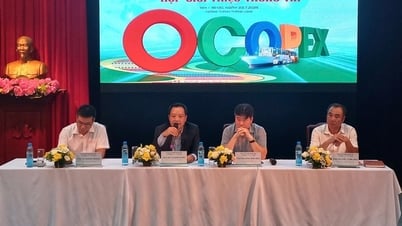


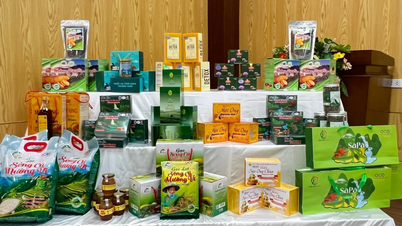





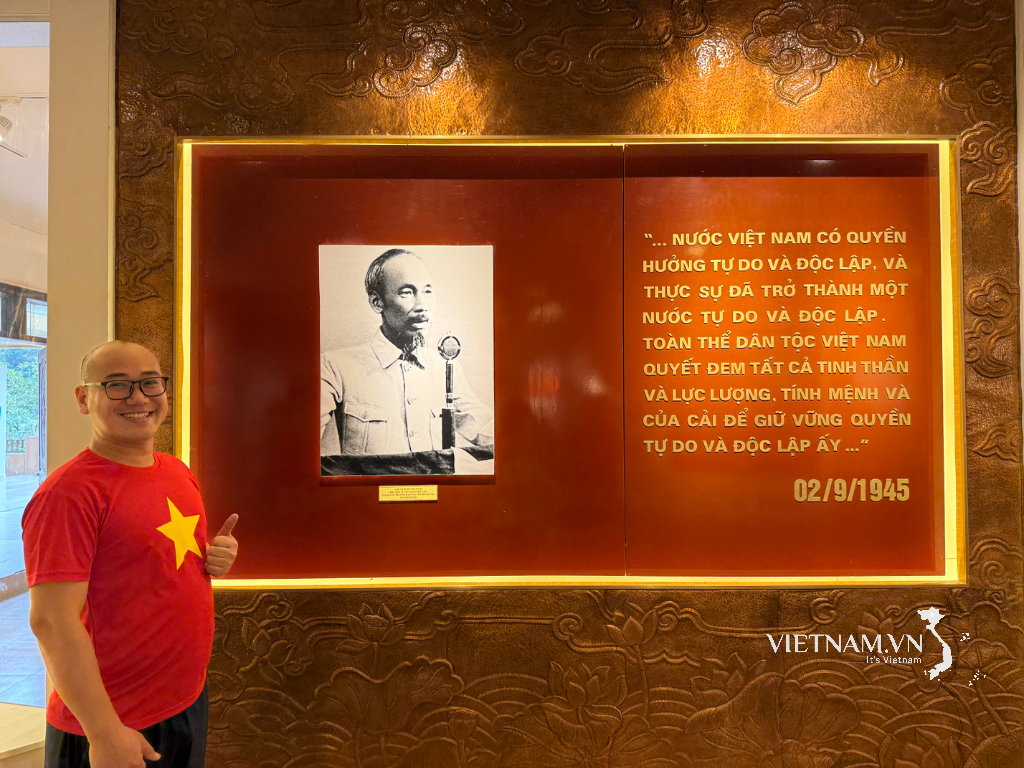
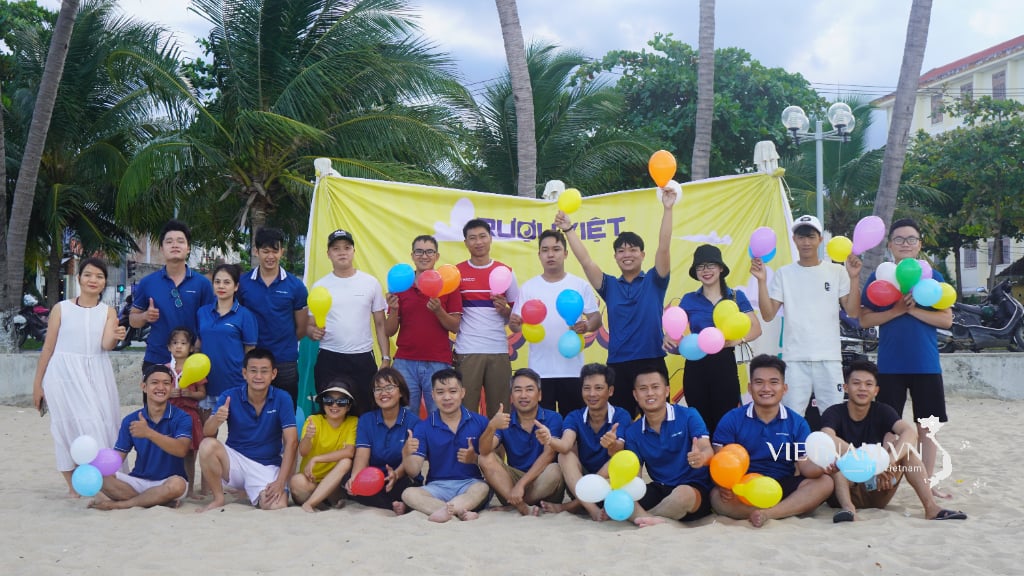
Comment (0)